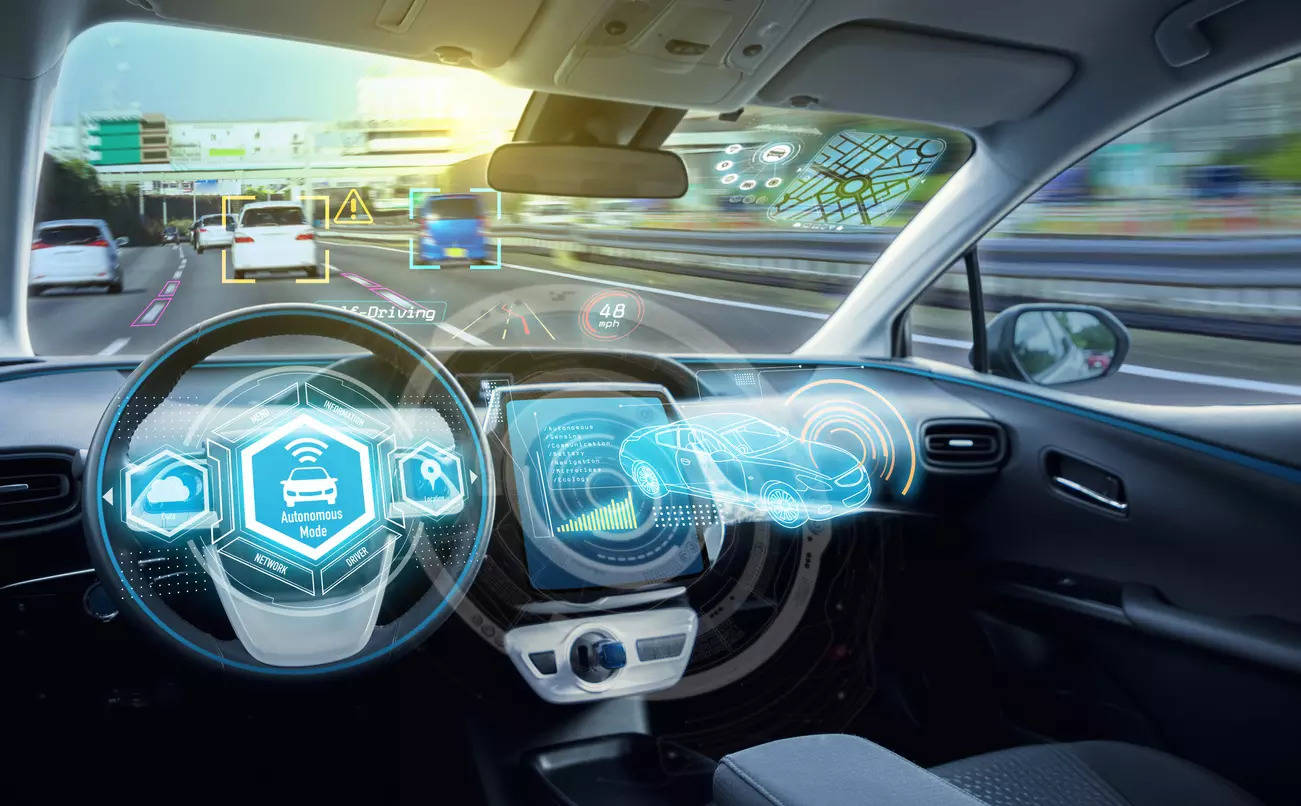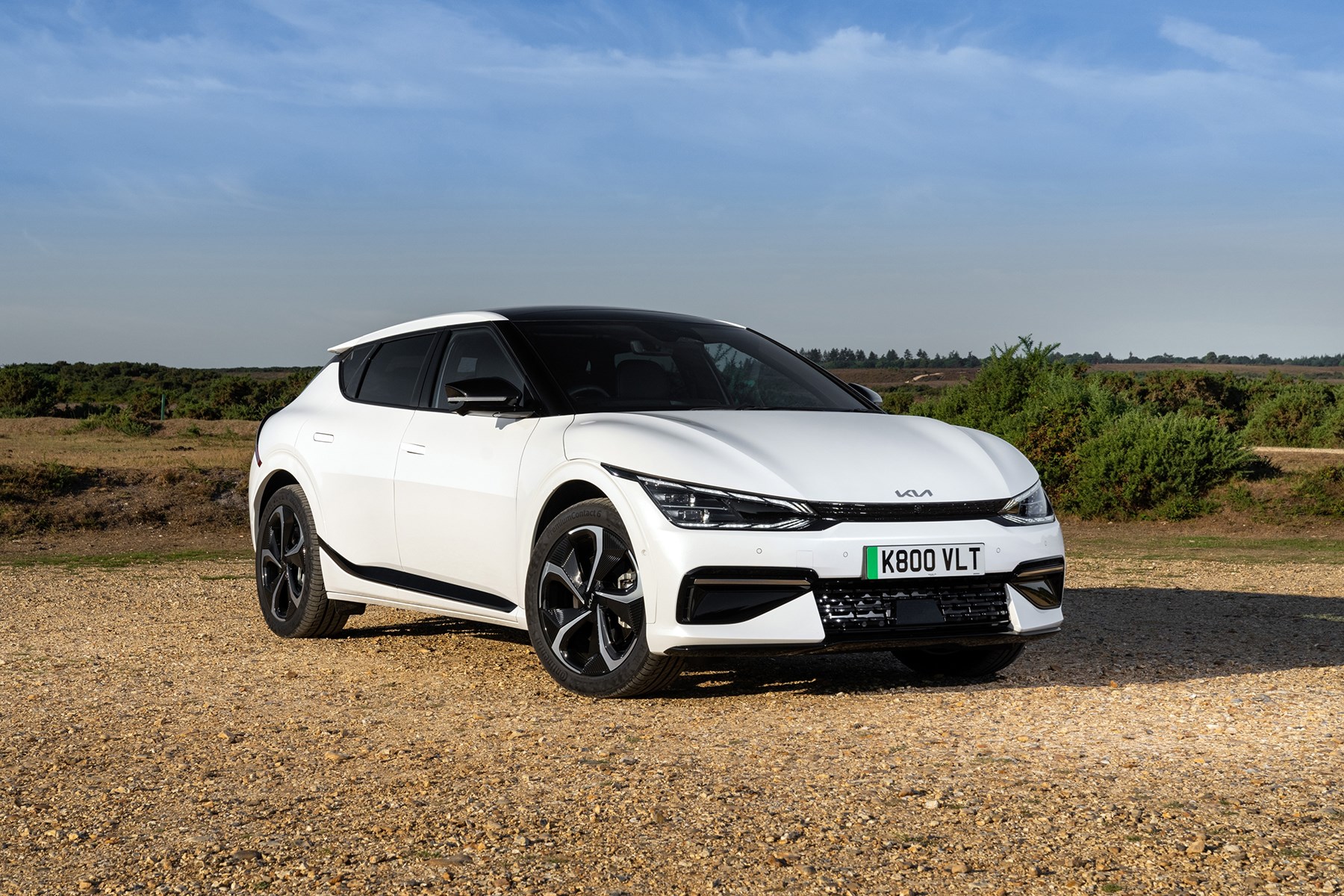Automotive Innovations Changing How We Drive


The automotive world is undergoing a revolutionary transformation, driven by cutting-edge technologies and visionary designs. These pafikotadaruba.org are not just reshaping our vehicles but also redefining our driving experiences. From advanced safety features to autonomous driving, these innovations promise to make our journeys safer, more efficient, and incredibly exciting.
1. Autonomous Vehicles: The Dawn of Self-Driving Cars
One of the most talked-about innovations is the advent of autonomous vehicles. Self-driving technology has rapidly progressed, bringing us closer to a future where cars navigate without human intervention. Companies like Waymo and Tesla are at the forefront of this revolution, utilizing sophisticated sensors, cameras, and AI algorithms to achieve Level 4 and Level 5 autonomy.
These autonomous vehicles are designed to handle complex driving environments, such as city traffic and highway merges, with remarkable precision. They rely on a combination of machine learning and real-time data processing to make driving decisions. As this technology continues to evolve, we can expect a significant reduction in traffic accidents and an increase in overall road safety.
2. Electric Vehicles: Powering the Future
Electric vehicles (EVs) are transforming the automotive landscape by offering a sustainable alternative to traditional gasoline-powered cars. With advances in battery technology and charging infrastructure, EVs are becoming more practical and appealing. Models like the Tesla Model 3 and the Chevrolet Bolt showcase impressive range capabilities and quick acceleration, making them viable options for everyday driving.
The shift towards electric mobility also aligns with global efforts to reduce carbon emissions and combat climate change. Innovations in battery chemistry, such as solid-state batteries, promise to enhance energy density and charging speeds, further accelerating the adoption of EVs. As governments and automakers invest heavily in green technology, the future of transportation looks increasingly electric.
3. Advanced Driver Assistance Systems (ADAS): Enhancing Safety
Automotive Innovations Changing How We Drive are not limited to autonomous vehicles; advanced driver assistance systems (ADAS) are making significant strides in enhancing safety. ADAS features include adaptive cruise control, lane-keeping assist, and automatic emergency braking. These systems use sensors and cameras to monitor the vehicle’s surroundings and assist the driver in avoiding potential hazards.
For instance, adaptive cruise control maintains a safe distance from the vehicle ahead by adjusting speed automatically. Lane-keeping assist helps prevent unintended lane departures by providing steering inputs. These technologies are designed to complement human drivers, making driving more intuitive and safer, especially in challenging conditions.
4. Augmented Reality Dashboards: A New Way to Interact
Augmented reality (AR) dashboards represent a leap forward in how drivers interact with their vehicles. By projecting critical information onto the windshield or a transparent display, AR dashboards provide real-time navigation cues, speed, and hazard alerts directly in the driver’s line of sight. This innovative approach reduces the need for drivers to glance away from the road, enhancing situational awareness and safety.
Brands like Mercedes-Benz and Audi are integrating AR technology into their vehicles, offering a futuristic driving experience. These systems can highlight road signs, point out points of interest, and provide navigation directions in a visually intuitive manner, making every journey more engaging and user-friendly.
5. Vehicle-to-Everything (V2X) Communication: The Connected Car Era
The concept of Vehicle-to-Everything (V2X) communication is transforming how vehicles interact with their environment. V2X technology enables cars to communicate with other vehicles, infrastructure, and even pedestrians. This connectivity allows for real-time information exchange, such as traffic signals, road conditions, and collision warnings.
For example, V2X can alert drivers to upcoming traffic light changes or provide warnings about slippery road surfaces. This technology enhances traffic flow, reduces congestion, and improves overall road safety. As cities and transportation networks become increasingly interconnected, V2X will play a crucial role in creating smarter, more responsive driving environments.
6. Smart Infotainment Systems: Beyond Navigation and Entertainment
Modern infotainment systems are evolving beyond basic navigation and entertainment functions. With the integration of artificial intelligence (AI) and voice recognition, these systems are becoming more intuitive and personalized. Features like natural language processing and predictive analytics allow drivers to interact with their vehicles using conversational commands and receive tailored recommendations.
For instance, AI-powered systems can learn driver preferences, suggest routes based on traffic conditions, and even control climate settings through voice commands. This level of personalization enhances the driving experience, making it more enjoyable and less distracting. As technology advances, we can expect infotainment systems to become even more integrated and adaptive.
7. Enhanced Lighting Systems: Illuminating the Road Ahead
Lighting technology is also undergoing significant advancements, with adaptive LED and laser headlights leading the way. These systems adjust the intensity and direction of light based on driving conditions, ensuring optimal visibility and reducing glare for other drivers. Adaptive headlights can swivel with the steering wheel, illuminating curves and corners more effectively.
Laser headlights, found in high-end models like the BMW i8, offer exceptional brightness and a longer range than traditional LED lights. This innovation enhances nighttime driving safety and provides a clearer view of the road. As lighting technology continues to advance, drivers can look forward to improved visibility and a more comfortable driving experience.
Conclusion
The Automotive Innovations Changing How We Drive are redefining the future of transportation, making it safer, greener, and more connected. From the advent of autonomous vehicles to the evolution of electric propulsion, these innovations are shaping the way we interact with our cars and the world around us. As technology continues to advance, the driving experience will only become more exhilarating and efficient. Embrace these changes and enjoy the journey as the automotive landscape evolves with groundbreaking advancements.


